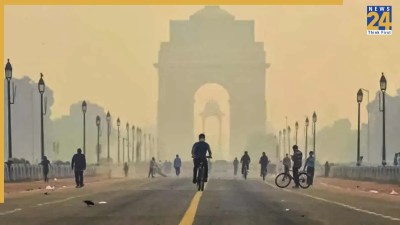The Beauty and Wonders of North East of India are often overlooked by the tourists and explorers, even though it has some of the most breathtaking spectacular landscapes in the country. The fascinating culture, traditions and diversity it has to offer, is a must to witness. The region’s rich forests, tribal communities and magnificent flora and fauna is what makes it truly wonderful.
1. Kaziranga National Park
Kaziranga National Park is the leading tourist attraction of India where every year thousands of tourists from around the world fly in to experience the amazing and rare wildlife of the park. This UNESCO World Heritage site is home to two-thirds of the world’s population of wild elephants, along with numerous other species such as rhinoceros, deer and various bird species.
2. Manas National Park
There’s another gem in the north eastern part of India, a national park called Manas located in Arunachal Pradesh state. There are over 20 endangered species, including the Royal Bengal Tiger and rare endemics such as Assam’s roofed turtle, hispid hare, golden langur or wild water buffalo in this park with an area of 500 square kilometers. In the wild of Manas and nowhere else in the world, the last population of Pygmy Hogs is still alive.
3. Sikkim Himalayas
This mountain range, which stretches across the border between India and Nepal, is a part of the Eastern Himalayas. It’s known for its snow capped peaks, moist forests and spectacular scenery. Kanchenjunga, Sikkim’s highest point, stands at 8,516 meters, making it the third highest peak in the world. The sacred mountain of Khangchendzonga, which is regarded as Dola Mata’s house, also lies within the region.
4. Majuli Island
Majuli Island is located in the Brahmaputra River in Assam. It is the largest river island in the world. The island is the best place to explore for bird watchers and nature lovers, who come to witness the natural beauty and witness the diverse flora and fauna, which they call home to this unique ecosystem. The biodiverse islands is also a home to various indigenous tribes, who have managed to adapt well in this unique environment and ecosystem.
5. Sela Pass
Sela Pass is located in Arunachal Pradesh. The high-altitude mountain pass that connects the Indian state of Arunachal Pradesh with Tibet (China). Sela pass is a historical site, as it was once a key route for trade and main communication between India and Tibet before the border was finally closed in the 1960s. Sela Pass is known for its out of the world views of the surrounding valleys and the Himalayas.
6. Nokrek Biosphere Reserve
Nokrek Biosphere Reserve, located in Meghalaya, is one of the oldest and largest protected areas in the region. Nokrek is the highest peak in Garo Hills and has been declared a National Biosphere under the control and management of the state forest department. The park is a home to a very rare species of citrus-indica endemic to this place which the locals call memang narang which when literally translated means the ‘orange of the spirits’.
7. Umang Dara Peak
Reaching an elevation of 7,723 meters, Umang Dara Peak is the highest peak in the Eastern Himalayas. It is located in Arunachal Pradesh. The breathtaking view of the peak is its lush green forests, snow-capped mountains and crystal clear lakes, which makes Umang Dara Peak a must visit sight for the explorers. In addition, the challenging trekking destination is attracting mountaineers from all over the world who come to climb its steep slopes and great views.
Conclusion:
North East India is a region that offers a unique blend of natural beauty, cultural richness, and historical significance. The 7 wonders listed above are just a glimpse of the diverse and mesmerizing landscapes that this region has to offer. As you explore these wonders, you will be captivated by the vibrant culture, the warm hospitality of the people and the unparalleled natural beauty that makes North East India a must-visit destination.













